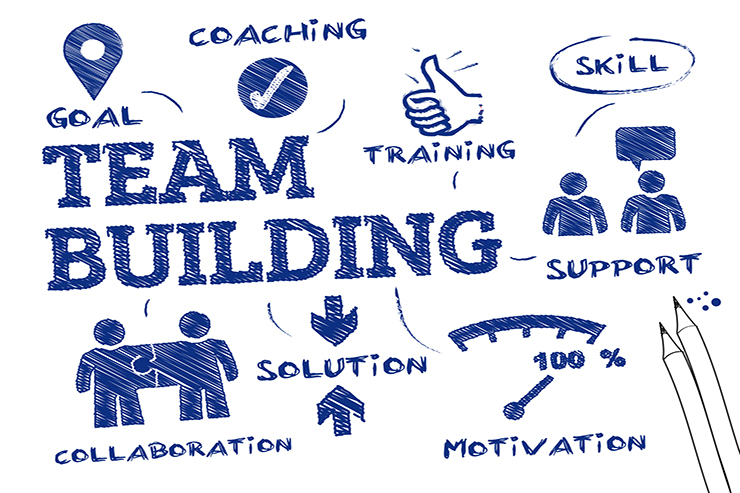
Image Credit: Depositphotos
Collaboration is a word that literally means “the act of laboring together.”
It is a buzzword of this era. Yet, with all its focus, it is still one of the greatest challenges leaders face in the workplace today.
- “My team can’t seem to get along.”
- “I have a team member who is constantly causing disruption across the department.”
- “Everyone is working in their own little corner of the workplace, and there is little to no collaboration with others.”
- “My leadership team can’t lead.”
What they don’t teach in business school (at least to the levels it should be required) is that the biggest part of your job as a business leader is to develop people.
You hire individuals, but, as a leader, you must develop teams.
Collaboration is a developmental activity. It may come naturally to some, but for many, it takes solid leadership strategy to bring a group of individuals into a collaborative team structure.
You can’t just put people on a team and expect them to figure out the working dynamics – that is, not unless you have taken the following steps to lay the groundwork.
How do you develop a collaborative team?
Teach your team to celebrate their differences.
Each individual comes equipped with a unique blend of strengths, skills, and experience. While we may relate to those who are most like us, we very often benefit most from those who bring strengths, skills, and experiences that we do not have.
Help them find common ground.
As much as we are each unique, there are points of common ground, where those differences intersect. This is what creates genuine connection. This is evidenced in the conversations people have when they first meet. If you listen closely, you will notice they are essentially looking to find a connection point from which they can carry on a conversation. This is why some level of casual conversation in the workplace or at the start of a meeting should be encouraged. It means your team is looking to connect. If your people are not connected at any level, it may be helpful for you, as the leader, to help them break the ice.
Establish clear goals and accountability.
One of the biggest dividers of team is lack of clarity. If there are not clear goals and accountabilities established, it’s every man or woman for themselves. It is confusion as to who is responsible for what. And it is lack of direction. With no common goal, no planning, and no accountability for getting there, it becomes a mass of confusion, to where those who do not like confusion will scatter to their respective corners to try and make sense of it all. In a state of confusion and disjointed teams, there can be no collaboration, no laboring together to collectively create more than each individual could accomplish by themselves. Clear goals foster healthy collaboration.
The next time you have a team issue, break it down.
- Is it an issue of them not recognizing the value of their differences?
- Is it that they do not feel a genuine connection with the other members of the team?
- Or is it a lack of clarity on goals and accountability?
Teams are not hired. They are developed.
Are you developing your team to perform at their individual and collective best?
—
For more resources on how you can increase communication, collaboration, and leadership across your organization, click here to learn about the Communication Impact Report and Workshop for leaders and their teams.
As the CEO of Strength Leader Development, Deb Ingino is a highly sought-after international executive mentor, coach, trainer, and speaker. Deb is well versed in global business operations and helps business leaders and their teams to discover and leverage their strengths, so they can create highly collaborative teams that deliver great results. With a refreshingly direct style, and using the Maxwell Method, Deb helps leaders and teams to deliver profitable results. Connect with Deb to learn more about her mentorship and coaching programs to equip you with advanced strategies to elevate your results.
+ view comments . . .